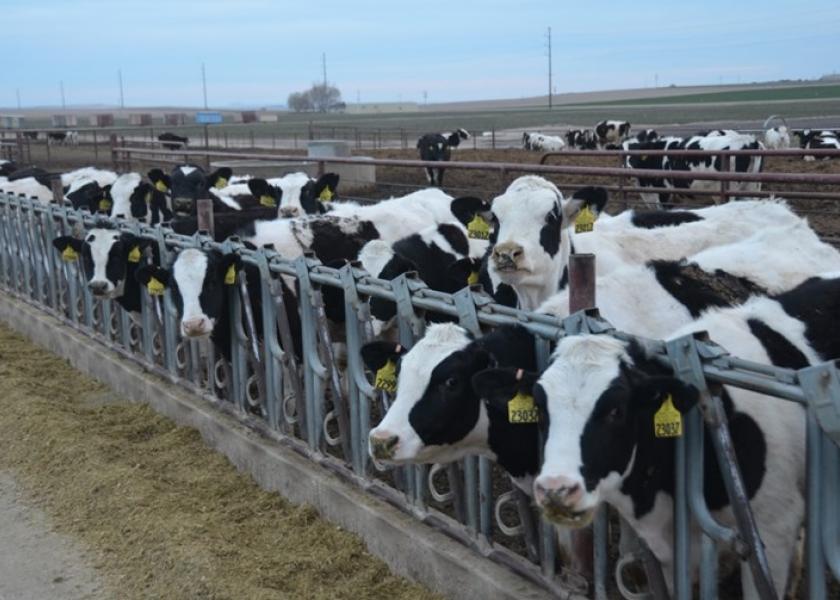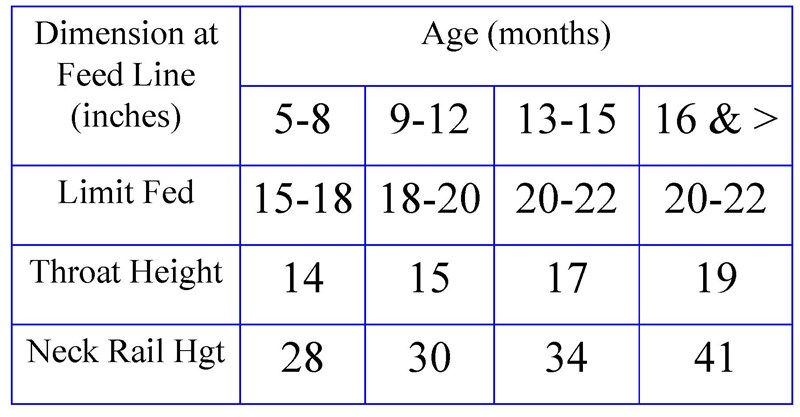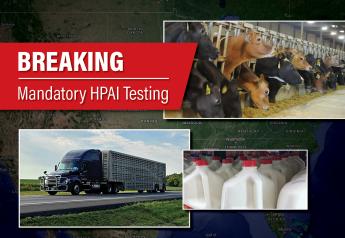What to Consider When Building a Heifer Facility

As the milk market continues on a turbulent cycle, many dairy farmers are looking for increased profitability in their heifer raising programs to supply additional cash flow. If you’re considering building a new heifer raising facility, Dr. Joe Harner of Kansas State University says there are some things that must be considered when designing the facility.
Efficiency
When planning the layout of a new heifer facility, producers should look at the efficiency of the design Harner says. For example, is your feeder going to have to drive from one side of the farm to the other to feed out the same load of feed to the short bred heifers? Pen organization improves efficiency.
Capacity
What kind of stocking rate are you looking for in your pens? Harner says capacity decreases 6% per month of increase in breeding age. Producers should also consider their climate when determining what kind of facilities will work best for their operation. While Harner says heifers may prefer dry lot pens over free stall barns because there’s additional resting room, dry lot pens are obviously not going to work in parts of the country with high annual precipitation. The chart below shows how much space is recommended dependent on annual moisture deficit.

Growth & Expansion
During the initial design stages of building a facility, Harner says it’s important to consider whether or not you will be able to grow with the facility. Maybe you’re only feeding 400 calves now, but plan to feed 1,000 in 5 years. “Design the pens to accommodate 1,000,” he says. “You don’t have to build them all, but don’t build the thing so tight that there’s no flexibility.”
Drainage
Are you pens designed to drain well? Harner says it’s important to pay attention to a pen’s ability to drain because 4 inches of mud results in a 10% reduction in feed efficiency. Clearly maximizing feed efficiency is key in making a heifer program profitability. Harner stresses the importance of planning ahead for proper drainage. “Mud is most easily dealt with by site selection or pen shaping,” he says. “It will always be more expensive to correct mud problems .”
Feeding System
There are several feeding systems to consider; headlocks, post and rail, vertical bars and slant bars. Harner says whichever you choose there are five things that producers need to consider when designing a feeding system: a firm base, barrier thickness, barrier height, feed frequency and feed push up. A study from Michigan State University found that poor feeding system design can result in 20% feed loss. Below are some dimensions from Kansas State University that will help producers design a feeding system.

Watering System
Do your heifers have adequate access to water? Harner says he prefers that animals have firm footing from the feed bunk to the water trough. More importantly though, there should be enough water space for 10% of the pen to drink at one time. He says the easiest way to figure out how much water space you need is with the following equation: 1 feed space x 10% of the pen’s stocking rate = recommended water space.
Shade/Wind Consideration
Most farms throughout the country will require a shade structure in heifer pens, do you need wind blocks too? Again Harner says there are many options for shade structure, farmers should choose what is the most efficient and most economical for their situation. As far as wind protection producers should keep a few things in mind when designing wind blocks. The wind protection area is 10 x the wind break height according to Harner. He says the snow dump area is 4 x wind break height. While many producers choose to build solid wind breaks, Harner recommends a structure that allows 20% of the wind to blow through instead of creating back wind turbulence.
Harner encourages heifer producers to evaluate their current program for a few areas performance could be improved. “Good facilities won’t make up for poor management,” he says.







